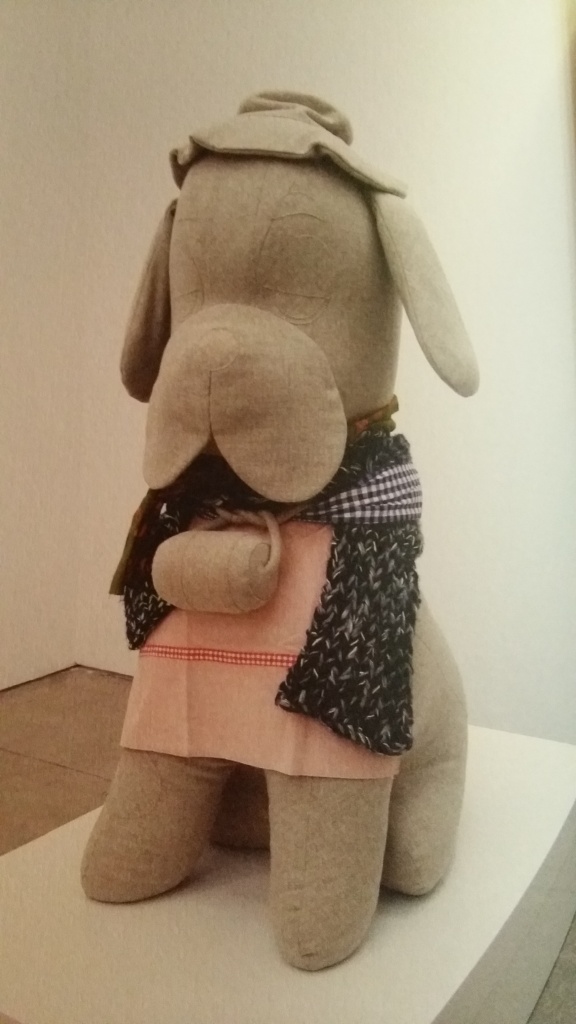They have all talked about it. It is a very good book, they said. You have to read it!
And I did.
Kehlmann’s - Die Vermessung der Welt.
Yes, it does a very good job at portraying two great scientists: one running around the world, getting bitten by mosquitoes, crawling down narrow caves, almost growing a pair of sextants instead of eyes, the other one sporting a velvet cap and considering the act of crunching numbers as a vital dimension of one’s life, using his intellect as a weapon (both to get what he wants and to ward off anyone who’d dare to disagree with him). One has a chance to learn about these two people and about their great minds. Although… One can do something similar by reading the corresponding Wikipedia articles. Well, no! That was mean.
Almost…
The thing is, this is a book which is closer to David Sedaris’ kind of writing than to Philip Roth’s (just as a quick example). I do not mean to say it is bad (I do like Sedaris, after all). What I mean to say is that it is more funny and light, a sort of summer reading on the beach, than it is deep and serious (as both Humboldt and Gauss most probably thought we should all try to be). Measuring the world, at least as I see it, is not a leisurely activity. It is a sustained effort, it consists of breakthroughs as well as of failures, it needs time and support. In a word, it needs to be human.
The characters in the book, on the other hand, the way they talk and act and move have, curiously, something mechanical to it – it made me think, uncannily, of Daft Punk’s video Around the World. What you see in this clip are figures (human, but not quite) running about a small stage (in a circular manner) with robot-like gestures, following the music. They do go “around the world” but they do not wonder/wander. Kehlmann’s guys seem to be always in a hurry. If they have a reason to take it easy and if they attempt to ruminate, the scene comes rather abruptly to an end. He tells us that Humboldt saw the Aztec calendar and had a quick chat with a worker there about the number of people who were sacrificed when the temple was ready. Then, in the next scene, just like that, he has dinner with the viceroy. He does think about it a little bit. Just a little bit and then he’s done! Puff!
The four oarsmen, taking him and Bonpland through the jungle and on the Orinoco looked like interesting people, who’ve seen quite some things, but we never learn enough about them. If anything at all.
Gauss, on the other hand, flies with a balloon and sees the world from above. One might write a whole book only based on this happening. Gauss is in love with Johanna and wants to marry her but he is refused. He asks again and, fearing another refusal, he contemplates suicide. He almost kills himself. Again, there is so much stuff in here one could work with. The Gauss we meet through Kehlmann seems to be rolling on a beaten track. His actions do not need an explanation. Later on, he wants to kiss Weber’s wife on the shoulder (he only fantasizes about it). Why can the author not push it up a bit? Why does he not make it more appealing, playful, sexy? Why not? Because it’s not in the letters? How far do fiction and biography go hand in hand? And if they already seem to be so intertwined, why not take it a step further? Write more about less. So what if the epistolary exchange is not as rewarding in this regard as one would expect? You’re a writer, make it new!
Make it new!
But I guess I should not bring Pound to the mix. It might get (too) loud!
